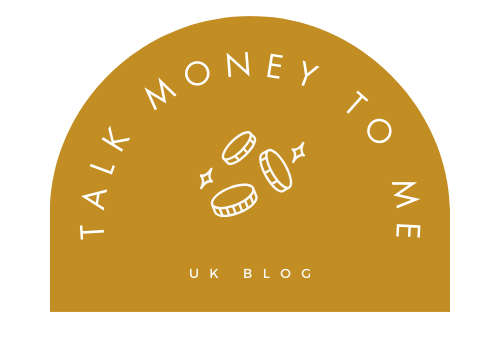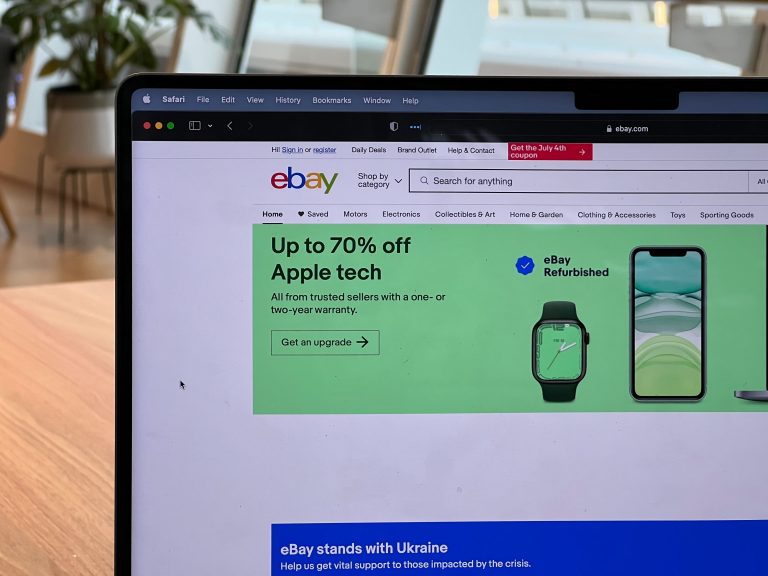DIY Debt Management Plan: How To Get Out of Debt in 2024
In this post, you’ll discover how to create a DIY debt management plan to finally start getting out of debt in 2024.
I’m using these 8 simple steps to cut my debt and live financially free. I’m so excited to start living life without the weight of debt on my back. Here’s how I’m planning to do it.
First, let’s look at what you’ll learn in this blog post:
- How to select a debt pay-off method
- How to decide how much debt you can pay this year
- How to make more money so you can pay off your debt faster
- Expense cutting with savvy budgeting
- Extra tasks you can complete to help your DIY debt management plan
First, let’s look at what a DIY debt management plan is.
What Is A DIY Debt Management Plan?
A DIY (Do It Yourself) Debt Management Plan involves independently creating and implementing a strategy to manage and repay debts.
Start by assessing your debts and budgeting to identify areas for potential savings. Prioritise debts, negotiate with creditors for better terms, and consider consolidation.
It’s also important to establish a realistic plan, stick to it, and regularly monitor progress. While a DIY approach can be empowering, seeking professional advice may be best for complex financial situations.
DIY Debt Management Plan: 8 Steps To Follow
Here are the 8 steps I’m following to tackle my debt and make better financial decisions.
1. Emergency Fund
The first step is to ensure you have some type of emergency fund. This could be anything from £100 to a couple of hundred pounds.
Think of this as your backup fund for anything that crops up out of the blue. For example, I currently have over £300 placed in a separate bank account with a 90 day release period – that means I have to wait 90 days before I can withdraw my money. This works for me as it prevents me from withdrawing it immediately for things that I don’t really need to spend money on.
Also, keeping it separate from your main bank account means you won’t be tempted to spend it.
2. Get Your Family On Board
It’s essential to have all family members on board with paying off debt. You’ll be able to keep each other motivated and everyone will be able to stay within budget when it comes to spending.
When the people around know what your financial position is, they are more likely to be considerate to your feelings and understand your situation when things like special family events occur.
3. Write All Your Debts Down
Here is one of the most important steps. This is often an eye-opener – it certainly was for me!
Let’s face it, how often have you carried on paying minimum payments without ever really looking at your total debt? I know I have.
List every debt total with the minimum payment due each month and the current interest rate. Your debts will likely include credit cards, student loans, personal loans, and any other credit purchases.
4. Choose Your Debt Pay-Off Method
There are two methods to pay off debt.
- The snowball method is where you pay off the smallest debts first. This helps to keep you motivated.
- The avalanche method is where you pay off the debt with the highest interest rate first. This aims to save you money on interest.
Example:
Let’s say we have 2 credit card debts.
The first is £2000 at an interest rate of 20% per year
The second is £1000 at an interest rate of 18.9 APR
With the snowball method, we’d start tackling debt number 2 first. However, with the avalanche method, we’d start paying off debt 1 first as it’s a higher interest rate.
How to choose which debt method to use
This depends on how motivated you are to work towards your goals. As my motivation tends to start lacking after a while, I prefer the snowball method. This works best as I feel a higher level of satisfaction when I reach my goals faster.
If you can pay off a large chunk each month, I’d recommend the avalanche method as you’ll save yourself some serious cash in the long run.

5. Start Budgeting
Be realistic about the debt you can pay off in 2024 with your DIY debt management plan. You may not be able to pay all your debt off this year which is perfectly OK.
It’s better to make some progress than no progress at all.
If you haven’t created a monthly budget, now is the time to do so. I love the Monese app as I can calculate all my incomings and outgoings.
Alternatively, you can use a physical budget planner to write out all of your expenses and income. Once you’ve created a budget, remember to review it regularly.
6. Make More Money
Thankfully, there are an abundance of ways to make extra money online, including starting a side hustle.
Here are a few things to consider:
- Start a blog
- Open an ETSY shop selling printables
- Use money-making apps
- Sell your services on Fiverr
- Become a virtual assistant
- Begin freelance writing
- Flip items for profit on Facebook marketplace
- Do Amazon FBA
- Create and publish your own books on KDP
- Fill out surveys online to earn gift cards
7. Cut Your Expenses
- Reduce your phone bill
The average UK phone bill is around £25.62 per month which easily adds up, especially as phone networks tend to increase pay monthly contracts every year.
A good way to save money each month is to use a cheaper network. Once you’re out of contract on your phone, consider using Smarty. I plan on going back to them once I’m out of contract. Smarty sims start from £6 per month.
There’s no contract with Smarty so you’re free to leave at any time. Plus, there’s excellent network coverage too.
You can purchase a new phone via eBay or buy a refurbished phone at a much cheaper price than getting the latest handset.
2. Use cashback apps
If you need to spend money, use a cashback app like topcashback to get money back on your purchases. I’ve earned over £1200 just from making regular purchases.
3. Use comparison sites for energy and car insurance
You can save hundreds of pounds by checking comparison sites to get your energy and insurance much cheaper. You can also check for home and pet insurance, as well as broadband. Always try more than one comparison site too. There’s Compare the Market, Go Compare, Confused.com and Money Supermarket.
4. Meal plan.
Meal planning in advance can help you save money on your grocery bills as you know the exact ingredients to buy. Aldi and Lidl tend to be the cheapest supermarkets but Farmfoods and Iceland also have some great deals.
8. Extra Things To Do
- Negotiate interest rates. This could save you several hundreds of pounds depending on how much debt you have.
- Ask for a raise at work. If you’re due a raise, now is the perfect time to ask.
- Check your credit report to see if you have any offers. Transferring your debt to an interest-free card can save you money and give you longer to pay off your debt.
- Freeze your cards so that you’re not adding to your debt. This will help you to pay them off quicker.
- Consolidate your debt. If you have several debts, consider consolidation so that you’re making one payment per month rather than several.
- Track your progress – celebrate the small wins so you can see how far you’ve come in a short space of time.
- Get support – join a Facebook group or follow money Instagram accounts to get support from others in a similar position.
DIY Debt Management Plan: Round Up
I hope this post on how I’m using a DIY debt management plan has provided you with some inspiration on how to reduce your debt.
Remember, if you’re feeling overwhelmed, just take it one step at a time. It can be scary seeing your numbers when you’ve written them down but making that first step can significantly benefit your future.







